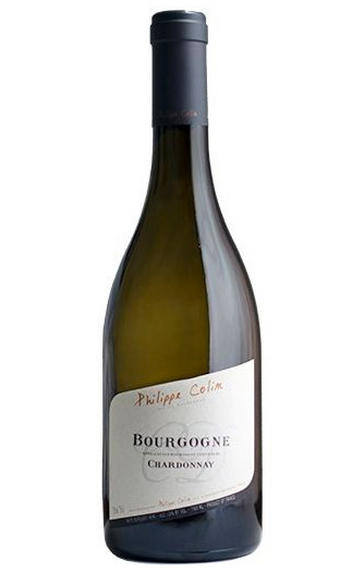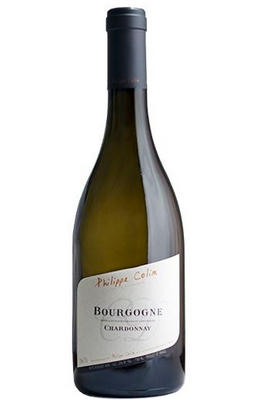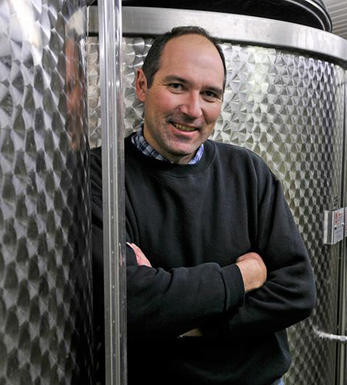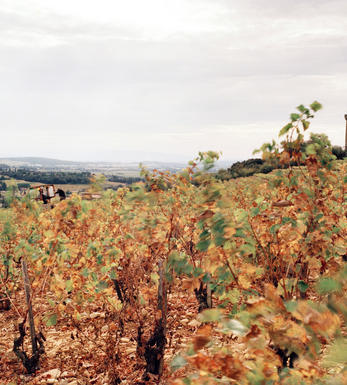
2021 Bourgogne Chardonnay, Domaine Philippe Colin

Critics reviews
Chassagne and Santenay provenance. Mid yellow, quite firm punchy nose. Grapey style with good acidity. Generous and easygoing, a little more length than I first picked.
Drink 2023 - 2025
Jasper Morris MW, Inside Burgundy (October 2022)
Subtle though still easily perceptible wood is present on the ripe aromas of apple, pear and soft citrus wisps. There is a lovely sense of energy to the dense and palate-soaking flavours that terminate in a delicious, refreshing and lingering finish. This mildly rustic effort is really quite good and worth a look.
Drink from 2025 onward
Allen Meadows, Burghound.com (June 2023)
The 2021 Bourgogne Blanc, which comes from 50% Chassagne and 50% Santenay (no Saint-Aubin), was less affected by the frost. It has a straightforward nose with grapefruit and light bruised apple scents. The palate is well balanced with a slightly honeyed opening, though it does miss a bit of tension, especially on the finish.
Drink 2023 - 2026
Neal Martin, Vinous.com (January 2023)
About this WINE

Domaine Philippe Colin
Philippe Colin has set himself up in modern premises in the industrial zone of Chassagne Montrachet with his share of the Colin-Deleger vineyards, which he has supplemented by some négociant cuvées. The label reflects a new-generation approach to his attractive wines. The Philippe Colin style is for elegance and subtlety rather than weight and power.

Bourgogne Blanc
Bourgogne Blanc is the appellation used to refer to generic white wines from Burgundy, a wide term which allows 384 separate villages to produce a white wine with the label ‘Bourgogne.’ As a result of this variety, Bourgogne Blanc is very hard to characterise with a single notable style, however the wines are usually dominated by the presence of Chardonnay, which is just about the only common factor between them. That being said, Chardonnay itself varies based on the environmental factors, so every bottle of Bourgogne Blanc will vary in some way from the next! Pinot Blanc and Pinot Gris are also permitted for use in Bourgogne Blanc under the regulations of the appellation.
As Bourgogne Blanc is very much an entry-level white wine for most regions in Burgundy, prices are usually very reasonable, and due to the terroir and climate of Burgundy, Bourgogne Blanc wines tend to have a strong acidity to them, combined with a vibrant and often fruity palate when compared with other whites from the New World, say, allowing fantastic matchmaking with many different kinds of food.

Chardonnay
Chardonnay is often seen as the king of white wine grapes and one of the most widely planted in the world It is suited to a wide variety of soils, though it excels in soils with a high limestone content as found in Champagne, Chablis, and the Côte D`Or.
Burgundy is Chardonnay's spiritual home and the best White Burgundies are dry, rich, honeyed wines with marvellous poise, elegance and balance. They are unquestionably the finest dry white wines in the world. Chardonnay plays a crucial role in the Champagne blend, providing structure and finesse, and is the sole grape in Blanc de Blancs.
It is quantitatively important in California and Australia, is widely planted in Chile and South Africa, and is the second most widely planted grape in New Zealand. In warm climates Chardonnay has a tendency to develop very high sugar levels during the final stages of ripening and this can occur at the expense of acidity. Late picking is a common problem and can result in blowsy and flabby wines that lack structure and definition.
Recently in the New World, we have seen a move towards more elegant, better- balanced and less oak-driven Chardonnays, and this is to be welcomed.


Buying options
Add to wishlist
Description
With the division of the domaine with son Simon, the composition of this wine is now 50% from Chassagne, and 50% from Santenay, courtesy of Philippe's partner Gwenaëlle. This is attractive with a good lemony crispness and a pleasing length. Six barrels of 500l made.
Drink 2023 - 2029
Berry Bros. & Rudd
wine at a glance
Delivery and quality guarantee